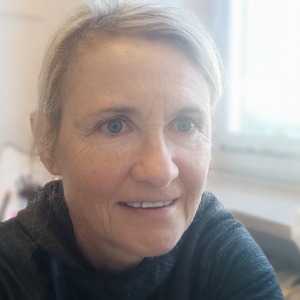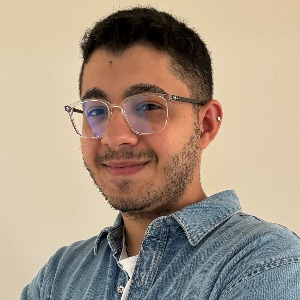Gait and Posture
Gait and Posture are interconnected aspects of human movement that play a crucial role in overall musculoskeletal health, functionality, and well-being. Gait refers to the pattern of walking, encompassing the sequence of movements involved in each step, while posture refers to the alignment and positioning of the body while standing, sitting, or moving. Both gait and posture are integral components of biomechanics, influencing how the body moves, distributes forces, and maintains balance. Gait analysis involves the systematic study of walking patterns, examining factors such as step length, stride width, foot placement, and the coordination of movements between various body segments. It provides valuable insights into the efficiency and symmetry of walking, helping clinicians identify abnormalities or imbalances that may contribute to musculoskeletal issues or impact functional mobility. Gait analysis is particularly beneficial in orthopedics, sports medicine, and rehabilitation, guiding interventions to address specific gait-related challenges and optimize overall movement patterns. Posture, on the other hand, encompasses the alignment of the body in various positions. Maintaining good posture is essential for preventing musculoskeletal strain and reducing the risk of pain and injuries. Poor posture, whether in a seated or standing position, can lead to imbalances in muscle length and tension, contributing to conditions such as back pain, neck pain, and headaches. Ergonomics, which focuses on designing environments that promote proper Body Mechanics, is closely related to posture and plays a significant role in preventing postural issues in various settings, including workstations, classrooms, and home environments.

Jay Spector
American Academy of Podiatric Sports Medicine (AAPSM), United States
Marcia J Scherer
Institute for Matching Person and Technology, United States
Marcos Brioschi
American Academy of Thermology, United States
Blair Gorenberg
Shirley Ryan Abilitylab, United States
Roberta Sartori
IRCCS Materno-Infanitle Burlo Garofolo, Italy
Cho Li Yin
Taichung Veterans General Hospital - VGHTC, Taiwan




Title : Best practice guidelines for the use of pharmacological neuromodulation in disorders of diminished motivation: A comprehensive approach
Vaidya Balasubramaniam, Illawarra and Shoalhaven Local Health District Hospitals, Australia
Title : A forgotten component of knee osteoarthritis
Ron Blehm, EEI Physio LLC, United States
Title : Functional outcomes of DSSA-Based pelvic rehabilitation combined with manual therapy and electrostimulation in men after oncologic surgery: A retrospective case series
Eren Uyar, Fizyomen Physiotherapy & Rehabilitation Center, Turkey
Title : We are living and working in the age of individualization
Marcia J Scherer, Institute for Matching Person and Technology, United States
Title : Efficacy of Inspiratory Muscle Training (IMT) in post-weaning ICU recovery: A clinical randomized controlled trial
Warda Khan, Chongqing Medical University, Pakistan
Title :
Subramanya Adiga, Middlemore Hospital, New Zealand